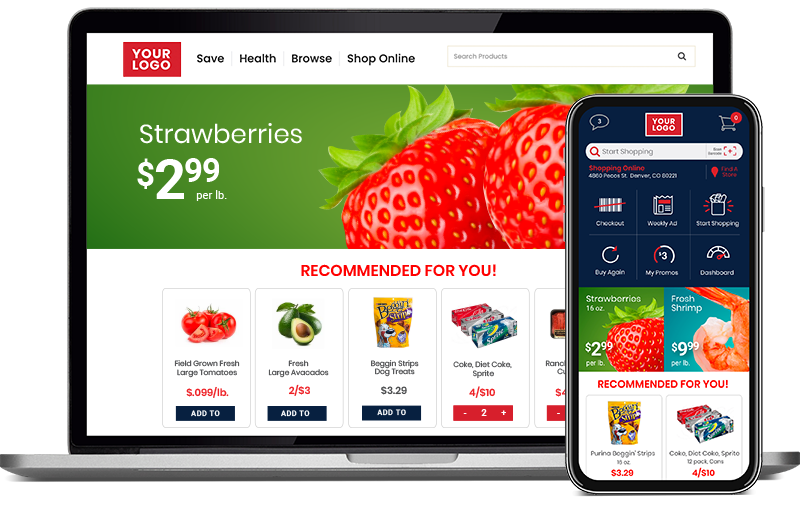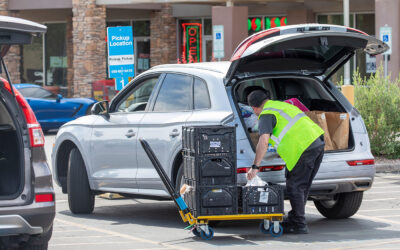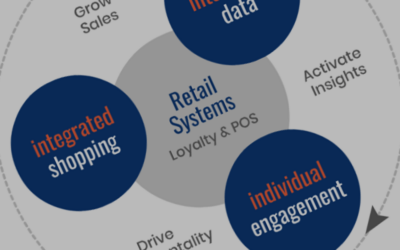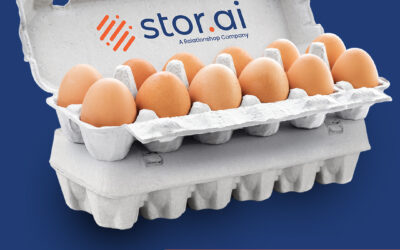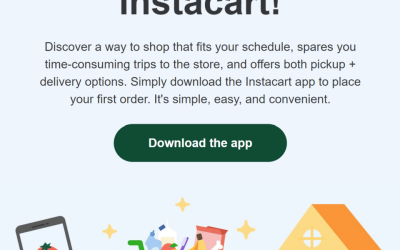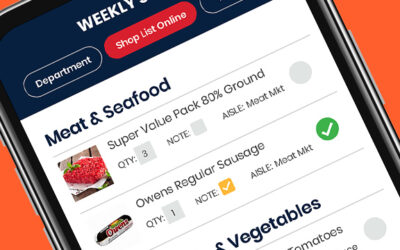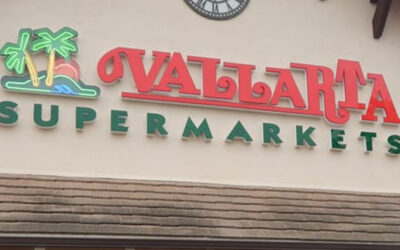Retail Insights
Sharing insights, perspectives, and strategies that inspire retailers who are passionate about leading the icommerce revolution.
A Fulfillment App with Speed, Accuracy, and Quality Combined
Don’t Miss Sales Opportunities with Online Ordering: Cakes, Holiday Meals, Deli Items & More!
Are You Harnessing the Power of Personalized Engagement to Drive Grocery Sales and Loyalty?
Revolutionizing eGrocery: Embrace the Future of Retail with Stor.ai’s iCommerce Ecosystem
5 Ways Instacart is Hurting Your Business
Free Eggs for Grocers at National Grocers Association Show
Instacart Is Failing Your Grocery Business
11 Email Campaigns to Send to Grocery E-Commerce Customers
7 Ways E-Commerce Grocers Can Use Push Notifications to Grow Sales
Grocery Personalization: How to Use Recipes and Shopping Lists to Increase Sales
Relationshop Acquires Stor.ai to Create iCommerce
3 Challenges Grocers Face with Q-Commerce (and How to Overcome Them)
How to Replace Instacart With an Alternative Solution?
Cost for Groceries Down 2.2% in November
Stor.ai Partners with Trax to Add On-Demand Picking to One-Stop E-Commerce Solution for Grocers
Grocers Harness Technology to Stay Competitive
Are You Growing your grocery business or Instacart’s?
Local Fulfillment – Your Secret Weapon
Stor.ai Partners with Bringg for End-to-End Grocery Delivery
What Shopper Loyalty to Instacart Could Mean for Grocery E-Commerce
Four Grocery Industry Lessons Learned from COVID-19
Stor.ai Launches New Picking App to Improve Efficiency and Profitability in Grocery Fulfillment
Stor.ai Launches Data Analytics Product Suite for Grocers and CPGs
Why CEOs Need to Think like a CIO in 2022 (and Beyond)
6 Ways Grocers Can Beat the Labor Shortage in 2022
5 Ways E-Commerce Grocers Can Personalize the Customer Experience in 2022
Inflation: 4 Strategies for E-Commerce Grocery Stores to Retain Customers
How to Build a Grocery E-Commerce Tech Stack to Scale in 2022
How Instacart’s Markups Impact Your Grocery Chain
Stor.ai Announces Partnership with Vallarta Supermarkets
How a Picking App Improves Order Fulfillment for Grocery E-commerce
Stor.ai Teams Up with F5 to Provide Grocery Retailers with Advanced Cybersecurity Capabilities
Discover how the
Power of icommerce can help you attract customers, enhance loyalty, and grow sales.
